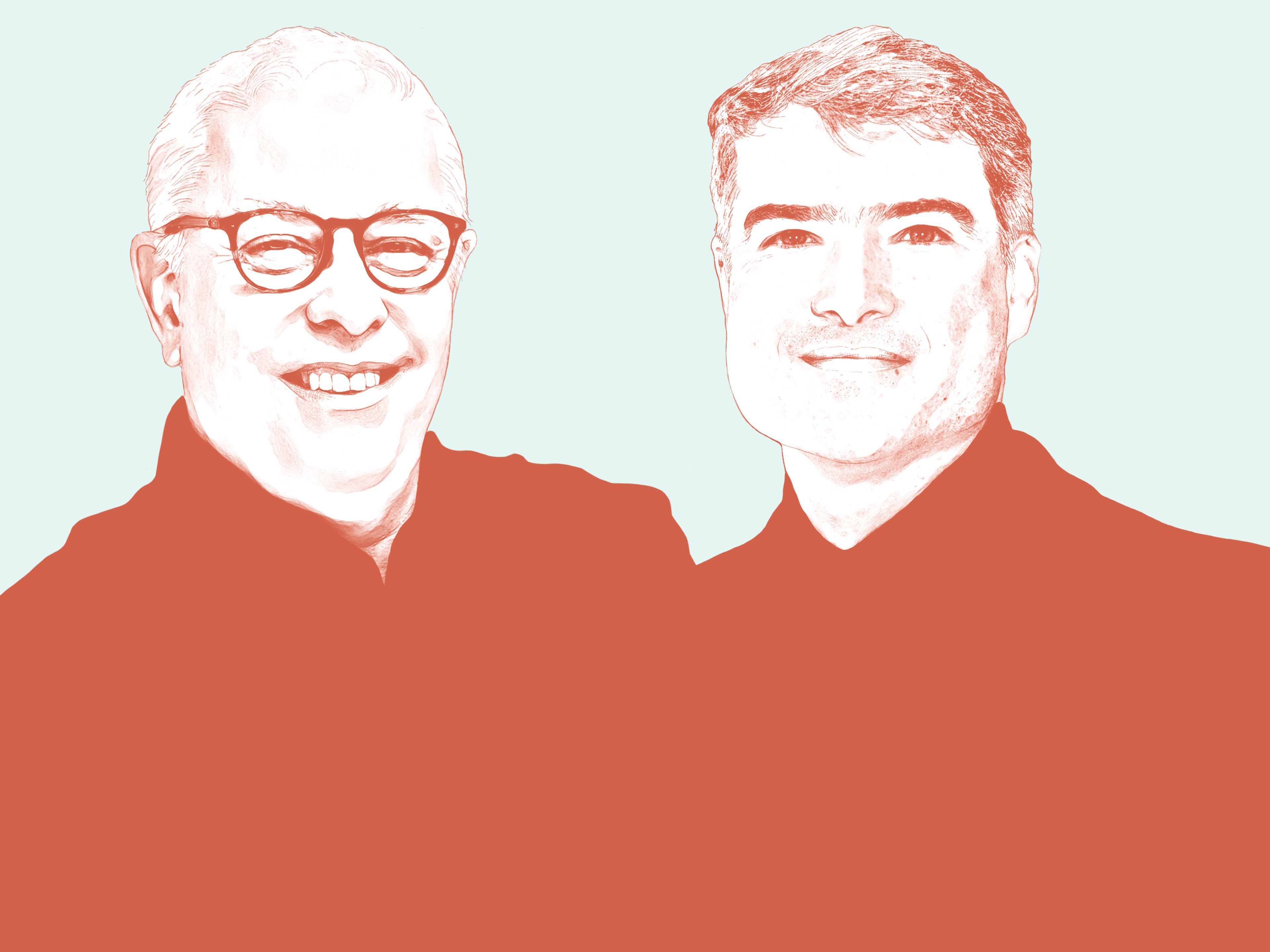Maker David Patterson emphasises the importance of designing for changing realities and needs
Placemaking is a balancing act, imparting structure and direction without governing too tightly. Cities are by their very nature in constant flux, impossible to control and perfect. At Make we embrace the impermanent and ephemeral by creating loose-fit, inherently flexible schemes that adapt and respond to changing realities and needs over time.
Designing for uncertain futures can be a daunting task. No masterplan is finite; it represents just a moment in time. Someone else will eventually come along and add new layers, and over the years multiple storylines aggregate into a dynamic, characterful mosaic where each individual part plays into and elevates the whole.
“We embrace the impermanent and ephemeral by creating loose-fit, inherently flexible schemes.”
As urban designers, we provide the backbone of the place – the foundational structure for an abundance of interventions to come over time. As Tom Dunlap, our client for our SoWy project in Miami, puts it, the aim is to set the compass in the right direction and aim for somewhere along that trajectory to hit the right keynotes.
The SoWy masterplan is not a traditional masterplan. It’s an enabling framework for growth that can transform organically over time, with no aspirations to create a ‘complete’, fully masterplanned piece. Sites are being acquired one by one, gradually accumulating into a diverse and authentic neighbourhood that's rooted in the history of the place and chimes with the community around it. This approach has allowed the team to challenge the norms and create something unique to the location. Neighbouring Wynwood provides inspiration: actual layers of wall paint continuously shift the appearance of the buildings there, reinventing the place time and time again.
Working with an adaptable, modular approach in which individual construction elements can be swapped out and replaced offers longevity and resilience to the scheme. This requires a culture change in how we think about the products we own and the buildings we inhabit. But what might seem like a fringe concept is slowly becoming mainstream as designers and developers seek out more environmentally responsible methods of construction.
In Miami, and in cities globally, the changing climate is pushing designs towards new horizons. Coastal areas are facing unpredictable and extreme weather events, and rising sea levels are projected to threaten cities on all continents. The solution is to design for climate resilience, which will look different in different locations, incorporating a myriad of mitigating measures. In these precarious times, vulnerable communities often bear the brunt of the impacts of climate change and disaster-prone buildings. We put social equity front and centre in our urban designs, striving to facilitate security and wellbeing for all members of society, irrespective of background, ethnicity, faith, gender, age, disability or neurocognitive profile.
“As urbanists, designing for the unknown is our greatest challenge.”
The quality and value of places and spaces are highly subjective and relative to how we perceive and use them, which makes certain aspects challenging to design, deliver and measure. This is a conundrum for conscientious designers and developers today. To facilitate an equitable placemaking process, Buro Happold has developed a method of quantifying and measuring social value in the built environment – a multifaceted approach involving various considerations that must harmonise to produce sustainable, equitable places that will flourish for generations.
As urbanists, designing for the unknown is our greatest challenge. The many layers of a city operate on different timelines: the underlying framework is slow and steady, while the architecture and the lighter-touch components are faster-paced and more interchangeable. The complexities added by culture, lifestyles, markets, technology, legislation, environment and other parameters produce the ever-changing concoction that is the city. We work to carefully to nurture conviviality and eclecticism in all our schemes, welcoming others to join in, either as collaborators or informal contributors. As Makers, we co-create thoughtful and lasting designs on all scales of the city.
Authors
David Patterson leads Make's education workstream and has significant masterplanning experience. He has held a range of teaching and mentoring positions, and is chair of RIBA London.

